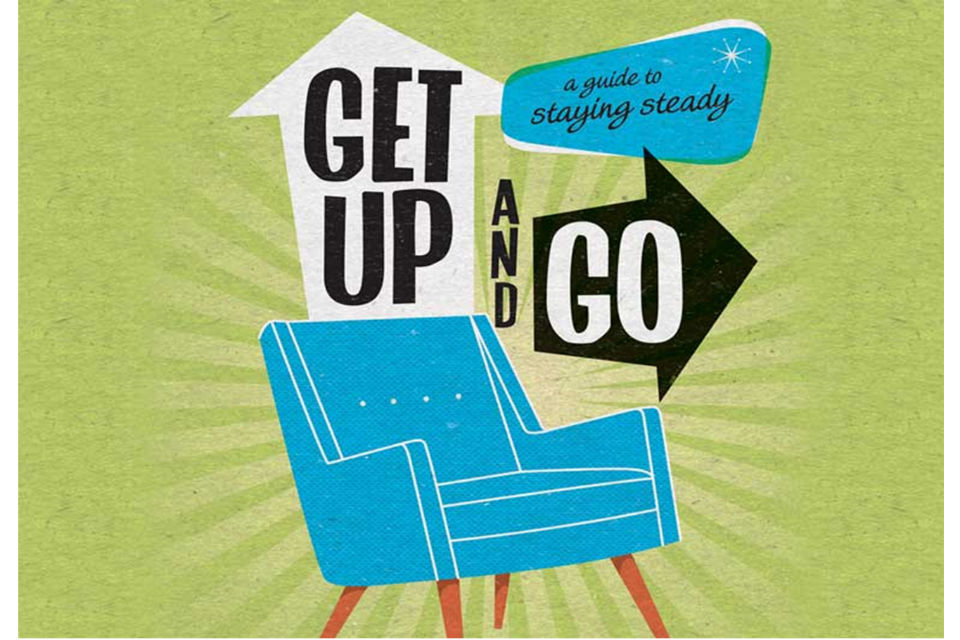Not known Details About Dementia Fall Risk
Not known Details About Dementia Fall Risk
Blog Article
The Ultimate Guide To Dementia Fall Risk
Table of ContentsExamine This Report on Dementia Fall RiskGetting The Dementia Fall Risk To WorkEverything about Dementia Fall RiskExcitement About Dementia Fall Risk
A fall threat evaluation checks to see just how likely it is that you will certainly fall. The assessment typically includes: This includes a series of questions about your general health and if you've had previous drops or troubles with balance, standing, and/or strolling.Treatments are recommendations that might reduce your threat of dropping. STEADI includes three actions: you for your risk of dropping for your threat variables that can be improved to attempt to avoid drops (for instance, equilibrium troubles, impaired vision) to lower your threat of dropping by making use of reliable methods (for example, supplying education and learning and sources), you may be asked numerous concerns consisting of: Have you fallen in the past year? Are you fretted regarding falling?
If it takes you 12 seconds or even more, it might indicate you are at higher risk for an autumn. This test checks strength and equilibrium.
The settings will certainly obtain harder as you go. Stand with your feet side-by-side. Move one foot halfway onward, so the instep is touching the large toe of your various other foot. Move one foot totally in front of the various other, so the toes are touching the heel of your other foot.
The Ultimate Guide To Dementia Fall Risk
The majority of falls occur as an outcome of numerous contributing factors; as a result, handling the danger of dropping begins with identifying the elements that add to drop threat - Dementia Fall Risk. A few of the most relevant threat elements consist of: History of prior fallsChronic medical conditionsAcute illnessImpaired stride and balance, lower extremity weaknessCognitive impairmentChanges in visionCertain risky medications and polypharmacyEnvironmental aspects can also raise the danger for drops, consisting of: Insufficient lightingUneven or damaged flooringWet or unsafe floorsMissing or damaged hand rails and get hold of barsDamaged or incorrectly equipped tools, such as beds, mobility devices, or walkersImproper usage of assistive devicesInadequate supervision of the people living in the NF, consisting of those that display hostile behaviorsA successful loss danger monitoring program calls for a thorough clinical analysis, with input from all members of the interdisciplinary group

The treatment plan need to additionally include treatments that are system-based, such as those that advertise a secure atmosphere (appropriate illumination, handrails, order bars, etc). The performance of the treatments must be examined regularly, and the care plan revised as needed to show changes in the loss risk analysis. Carrying out a fall threat administration system making use of evidence-based finest technique can decrease the frequency of falls in the NF, while restricting the capacity for fall-related injuries.
Facts About Dementia Fall Risk Revealed
The AGS/BGS standard recommends screening all adults matured 65 years and older for fall risk every year. This testing contains asking clients whether they have dropped 2 or even more times in the previous year or sought medical attention for an Website autumn, or, if they have you could try these out not fallen, whether they really feel unstable when walking.
Individuals that have actually fallen when without injury must have their balance and gait assessed; those with gait or balance abnormalities should obtain added analysis. A history of 1 loss without injury and without gait or balance problems does not necessitate additional analysis beyond continued yearly fall risk testing. Dementia Fall Risk. A loss danger assessment is needed as part of the Welcome to Medicare exam

The Only Guide to Dementia Fall Risk
Documenting a drops history is one of the top quality signs for loss prevention and monitoring. An important part of danger analysis is a medication review. A number of classes of medicines raise autumn danger (Table 2). copyright medications specifically are independent predictors of falls. These drugs have a tendency to be sedating, alter the sensorium, and hinder equilibrium and gait.
Postural hypotension can typically be eased by lowering the dosage of blood pressurelowering medications and/or quiting drugs that have orthostatic hypotension as a side impact. Usage of above-the-knee support tube and copulating the head of the bed elevated might likewise reduce postural decreases in high blood pressure. The preferred elements of a fall-focused physical exam are displayed in Box 1.

A pull time higher than or equal to 12 seconds suggests high fall risk. The 30-Second Chair Stand examination evaluates lower extremity strength and equilibrium. Being incapable to stand from a chair of knee elevation without utilizing one's arms suggests increased loss danger. The 4-Stage Balance test evaluates static equilibrium by having the person stand in 4 placements, each considerably a lot more challenging.
Report this page